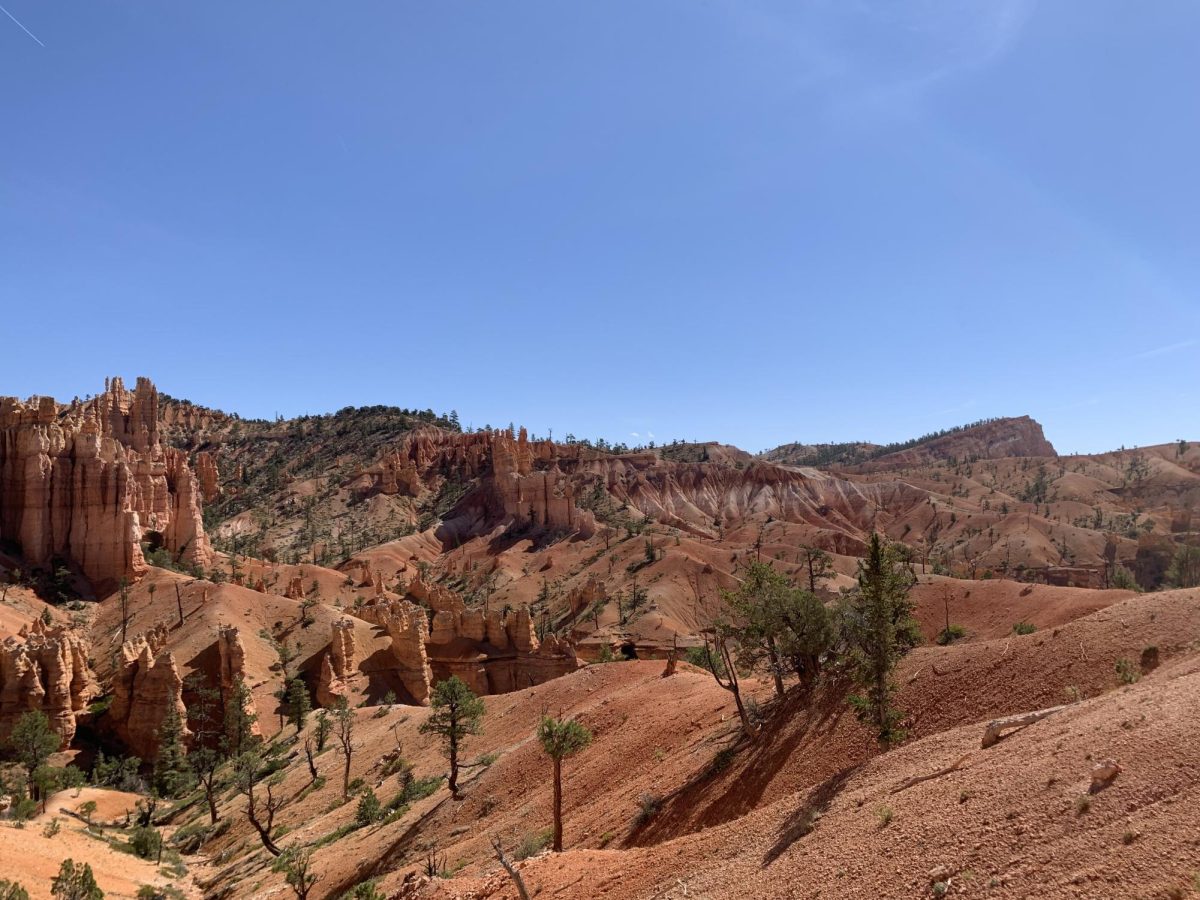“Leave only footprints,” is a common mantra in the recreational outdoor sphere. But when over 325 million visitors spend a combined 1.4 billion hours in America’s national parks, all those footprints start to add up. So, with more people than ever enjoying the great outdoors, how can we balance our nation’s need for outdoor activity with our duty of conservation?
Our answer originated in the late 1970s. A set of principles that came to be called ‘Leave No Trace.’ Today, the National Park Service considers these 7 points to be a part of Leave No Trace:
- Plan Ahead and Prepare
- Travel and Camp on Durable Surfaces
- Dispose of Waste Properly
- Leave What You Find
- Minimize Campfire Impacts
- Respect Wildlife
- Be Considerate of Other Visitors
But, simply put, Leave No Trace is an impossibility. Any recreational activity in the outdoors will harm it one way or another. Hiking and biking erodes trails. Climbers drill anchors into rock. Mountaineering has a human waste problem. It is impossible to hunt and fish without leaving a trace.
While the seven principles of Leave No Trace are an effective rule of thumb to follow, it is fundamentally limited in its scope. It cannot effectively answer the complex question of conservation. Perfect preservation is a simple impossibility, and doesn’t represent the complex, intertwined relationship between human and nature that’s existed for millennia. Instead of treating the wilderness like a museum, we have to be honest about our impacts on the environment, and how we can better practice sustainable recreational activities.
Additionally, Leave No Trace has been co-opted by corporations to obscure our current unsustainable structure of manufacture and consumption. Gear and clothing companies use the marketing of Leave No Trace to evoke a green and sustainable image. Gregory L Simon & Peter Alagona said in a research paper, “In this context, the LNT logo becomes both a corporate brand and an official stamp of approval”
Even if an outdoor enthusiast follows Leave No Trace principles perfectly, that is only a fraction of their environmental impact. Their brand new GORE-TEX jacket was sourced in an unsustainable way. Shipped thousands of miles to a third-world country. Manufactured by exploited workers. Shipped thousands of miles to America. Bought and worn for a season or two. Then inevitably ends up in a landfill. Does Leave No Trace only apply when that jacket is worn?
It is vital to recognize that every single one of us wields the power to contribute to the collective destruction of our environment. It is impossible to truly Leave No Trace with our current system of overconsumption and overmanufacture. Leave No Trace should be a reminder of our individual responsibility to our Earth. It requires mindful outdoor behavior, and demands systemic changes in how we live and interact with the natural world around us.

